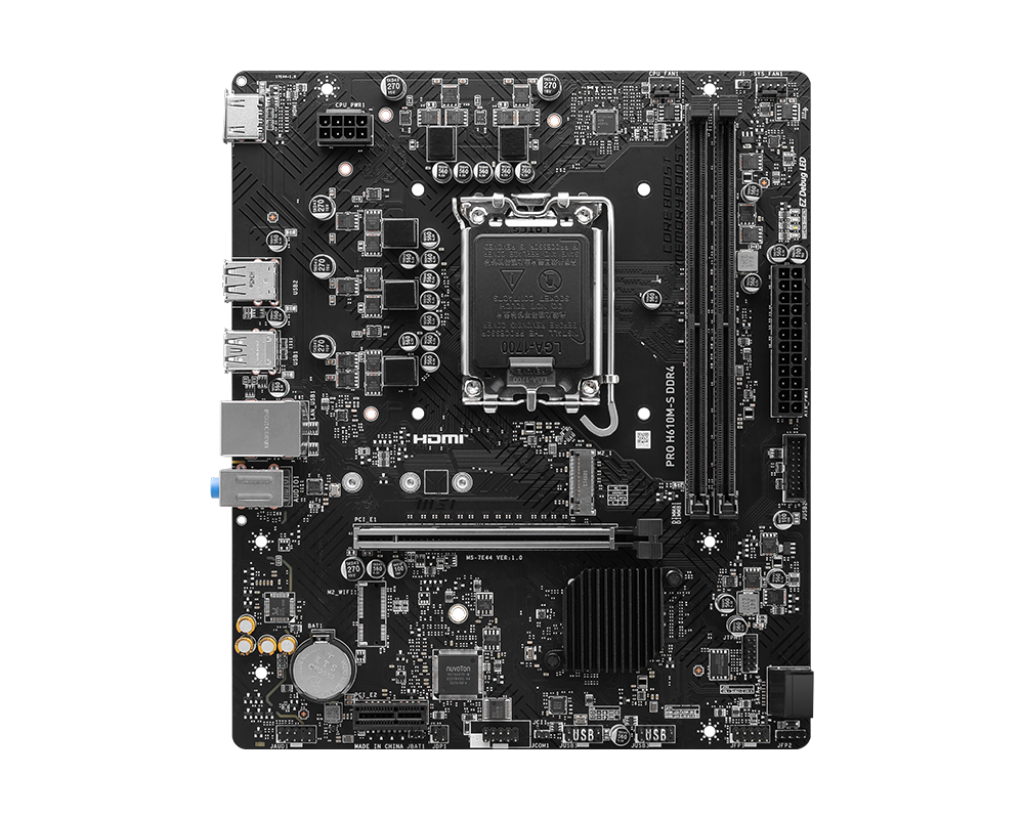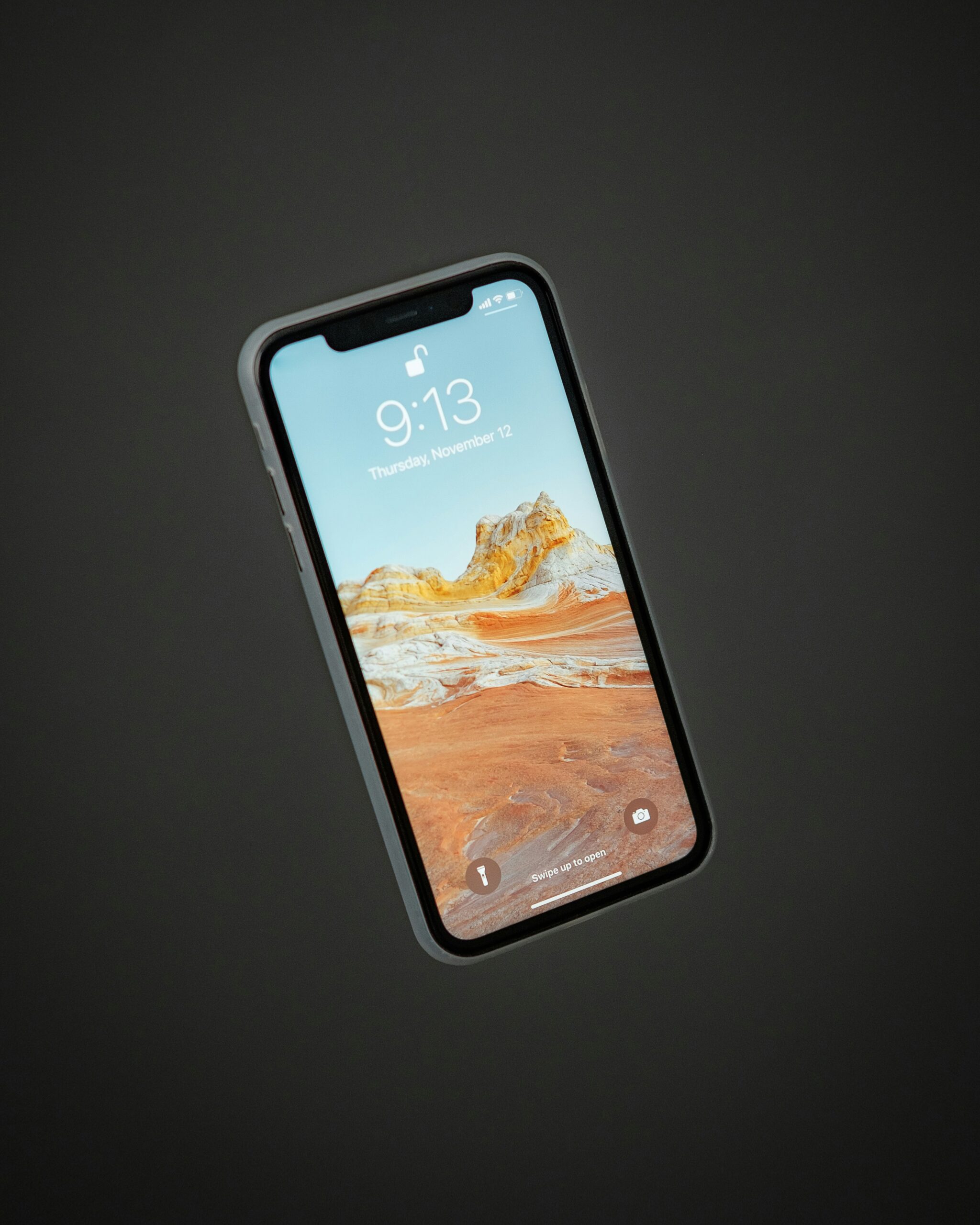Service-Oriented Architecture (SOA) has been the foundation of enterprise software design for decades, promoting improved interoperability, reusability and agility. However, the digital environment has changed dramatically as a result of the maturing cloud-native technologies, microservices adoption and artificial intelligence emergence. Now we present: SOA OS23. A conceptual framework for the successor to SOA, constructed for the intelligent, distributed, hyper-connected world in 2023 and beyond.
OS23 does not provide a formal standard, but rather a concept. It embodies the evolution of SOA as it transitions from monolithic-style integration patterns to a dynamic, composable AI-aware architectural philosophy.
5 Principles of SOA OS23
Following the traditional principles of SOA, OS23 adds new vital imperatives:
Composability is more important than just Reuse: Traditional SOA was based on reusable services. OS23 focuses on composable services. Meaning modular, reusable business capabilities that are packaged together, so aspects can come together quickly and be re-composed into new applications or workflows. This unlocks low code platforms and digital agility.
Intelligent and Adaptive Services: In an OS23 world services are not static. They have intelligence now. Services can:
- Self-Optimize: Using machine learning, the services will look at data about their performance and optimize things like resource usage or caching in real time.
- Fail Predictions: Services will signal when they are degrading in health before they fail.
- Personalized Outputs: Services will adjust their outputs based on context about the user or transaction.
Api-first and event-driven by Default: APIs have always been part of SOA, but OS23 requires “api-first” design, treating APIs as product. In addition, OS23 incorporates event-driven architecture much more deeply. A service is just as likely to communicate through scheduled events (e.g. over a Kafka broker), as it would use synchronous APIs. This means that data can flow in real-time and their systems can be decoupled.
Deep Observability and AIOps: In a complicated mesh of modular services, traditional metrics and monitoring are insufficient for top-down and bottom-up observability. OS23 will require deep observability, in particular, getting a single transaction traced across dozens of services which would then produce a collection of metrics, logs, and traces of execution. This combination of information will then be fed into AIOps (Artificial Intelligence for IT Operations) platforms that will be responsible for the automation of diagnostic and remediation.
Security as a Service Fabric (Zero Trust): The perimeter has disappeared. OS23 delivers on a Zero-Trust or analogous security model where the authenticity of service-to-service authentication and authorization is never questioned. Security will maintain a service mesh that encrypts all traffic and validates every single request regardless of its origination.
Core technology components and capabilities making SOA OS23 a reality
This vision is underpinned by modern technology stack components:
Microservices & Containers: Tailored offer the granular modularity and agility of deployment that OS23 would demand.
Kubernetes & Service Mesh (Istio and Linkerd): Serves as the intelligent “operating system” for the service fabric offering discovery, load balancing, security, and observability at scale.
Serverless Platforms (AWS Lambda, Azure Functions): Usher in the ultimate expression of a composable, on-demand service delivery.
Event Brokers (Apache Kafka, RabbitMQ): Serves the function of the nervous system for event-driven communications and relationships.
AI/ML Platforms: Can be integrated directly into the CI/CD pipeline and runtime environment to provide the adaptive intelligence.
An Example In Practice: The “Intelligent Checkout” Service
Let’s consider a conventional e-commerce “Checkout” service.
Traditional SOA: A service that serves as a reusable service that takes care of tax, shipping, and payment processing.
SOA OS23: A service that is composable and intelligent.
The service has broken itself down into smaller services: Fraud-Detection, Dynamic-Shipping Solver, Personalized-Promo Engine.
The Dynamic-Shipping Solver will optimize for the cheapest and fastest shipping through the use of real-time data from the carriers and machine learning models to predict delays.
The Fraud-Detection service will analyze transaction patterns in real-time to block fraud, all without causing friction.
The complete checkout flow would be an orchestration of intelligent services engaged in response to a “Checkout-Initiated” event. An AIOps controller would be monitoring performance and tuning the services in real-time.
The Strategic Implication
The approach of SOA OS23 is an inflection point in business. It is more than a technical change. It enables:
Unprecedented Business Agility: Launch new products and enter new markets by composing services in a different way.
Resilience at Scale: Systems that self-heal and adapt under load and failure.
Data-Informed Insights: Observability data is generated from every interaction about the business processes and customer behavior.
Final Thoughts
SOA OS23 is a future that is already taking form. It snaps into focus a continuation of the service-oriented journey that’s now turbo-driven by Cloud-native and AI advancements. For companies aspiring to succeed in a digital world that boasts ever-increasing levels of unpredictability, the transition to this intelligent, composable, and observable service architecture is no longer a choice; it’s a necessity for enduring competitiveness and innovation.






